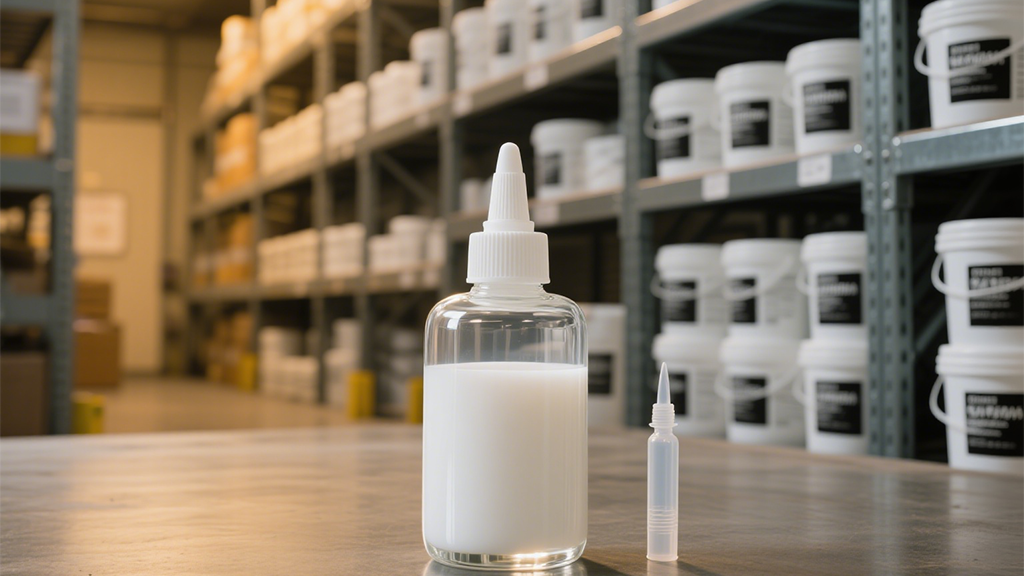Waterbased acrylic PSA environmental protection focuses on formulating, producing, and using water-based acrylic pressure sensitive adhesives in ways that minimize environmental impact, reduce resource consumption, and comply with global sustainability regulations. A primary advantage is their low volatile organic compound (VOC) content—unlike solvent-based adhesives, they use water as a carrier, emitting minimal harmful gases (typically <50 g/L VOCs), which reduces air pollution and meets strict standards like the EU’s REACH, U.S. EPA’s VOC limits, and China’s environmental protection laws. Raw material sustainability is a key focus: manufacturers are increasingly using bio-based monomers derived from renewable resources (e.g., plant-based acrylic acid), reducing reliance on petroleum and lowering carbon footprints. Formulations avoid hazardous additives such as heavy metals, phthalates, and formaldehyde, using eco-friendly alternatives like natural tackifiers (rosin esters from sustainable forestry) and biodegradable surfactants. Production processes are optimized to reduce energy consumption and waste—closed-loop water recycling systems minimize freshwater use, while energy-efficient drying ovens and renewable energy sources (solar, wind) lower carbon emissions. End-of-life considerations include developing biodegradable or compostable waterbased acrylic PSAs that break down in industrial composting facilities, aligning with circular economy goals for packaging materials. Additionally, these adhesives facilitate easier recycling of substrates (paper, plastic) by remaining water-soluble or detachable during recycling processes, reducing contamination. Certifications such as GREENGUARD, EU Ecolabel, and USDA BioPreferred validate their environmental credentials, making them preferred choices for eco-conscious brands in packaging, textiles, and consumer goods. By integrating these practices, waterbased acrylic PSAs not only meet regulatory requirements but also support global efforts to reduce industrial environmental impact.
